Easy Chemo Diet Tips You Need to Know
In this post you will read about Easy Chemo Diet Tips You Need to Know.
Getting started in your chemo journey is hard! And all the information you are going to receive is going to feel VERY overwhelming.
That’s why I wanted to write this post. To be able to give some EASY tips to keep in mind to help you through the process.
The right chemo diet isn’t about eating perfectly—it’s about eating supportively.
During chemotherapy, food becomes more than just fuel. It becomes medicine, comfort, and—honestly—sometimes a battleground.
Between the nausea, taste changes, and total exhaustion, knowing what to eat can feel overwhelming.
That’s why I put together this guide to Easy Chemo Diet Tips You Need to Know—written especially for women who are juggling families, careers, and everything else life throws at us.
This post may contain affiliate links which means I may receive a commission for purchases made through links (at no extra cost for you). As an Amazon Associate I earn from qualifying purchases. Learn more on my Private Policy & Disclaimer page.
What Is a Chemo Diet, Really?
When people search for a “chemo diet,” they’re often looking for a magic food list that will stop side effects or kill cancer.
Unfortunately, there’s no one-size-fits-all miracle menu.
The best chemo diet is one that supports your energy, helps your body heal, and works with your symptoms—not against them.
According to research: “Malnutrition in cancer leads to weight loss and then decrease the tolerance to chemotherapy, forcing oncologists to reduce chemotherapy dose and thus chemotherapy efficacy.” (Read More)
What matters most is:
- Staying nourished (even in small ways)
- Supporting your immune system
- Maintaining muscle and weight
- Managing chemo side effects with gentle, strategic foods
Forget perfection. Focus on nourishment.
Let’s also keep in mind that not every cancer treatment is the same.
“Treatment for breast cancer and blood cancers often involve steroids. Steroids can actually increase your appetite and increase your blood sugar levels, which might lead to insulin resistance and weight gain. So instead of losing weight, it’s possible to gain quite a bit of weight from the combination of medications and a more sedentary lifestyle during cancer treatment.” (John Hopkins Medicine)
It is best to speak with your medical team and ask them what you should expect from your treatment.
Chemo Diet: Easy Tips To Keep In Mind
1. Protein Is Your Power Tool
How to Get Enough When You’re Tired of Everything
Chemotherapy can cause your body to break down muscle mass faster than usual. That’s why protein is your best friend during treatment.
Even if you can only eat a little, protein helps you recover, stay strong, and bounce back between treatments.
Easy, Gentle Protein Options I Recommend:
- Greek yogurt (plain or with a little honey)
- Scrambled eggs or egg muffins you can reheat
- Nut butters (great with crackers or bananas)
- Protein smoothies (with almond milk, frozen berries, and vanilla protein)
- Lentil soup (comforting, nourishing, and soft on the stomach). You can puree it and make it easier to eat.
You can also add protein powder into your oatmeal, chia pudding, or smoothies.
According to a research: “A plant-based, high-protein diet during CT resulted in positive changes in fatigue, BMI and body composition.” (Read More)
2. Hydration Is Crucial
How to Stay Hydrated When Water Tastes Like Pennies
According to Yale New Haven Health: “Dehydration happens when the body is losing more fluid than it is taking in. This can happen due to fever, diarrhea, vomiting, excessive sweating due to exposure to high heat and humidity, and certain medications such as diuretics that cause increased urination.” (Read More)
Chemo can leave your mouth dry, and water can start tasting weird.
But staying hydrated is crucial for kidney health, energy, and easing side effects like constipation and headaches.
Try This If Plain Water Turns You Off:
1. Naturally Flavored Water
Adding cucumber, lemon, or berries is an easy and natural way to add flavor to your water.
Not only will it help with hydration but they add a boost of antioxidants and other nutritional cancer fighting benefits that one needs during treatment.
Coconut water is also a great choice. Harmless Harvest Organic Coconut Water Drink is a great example containing only coconut water and no additional ingredients.
2. Herbal Teas
Sipping on cold herbal teas, like Hibiscus Tea, is an easy way to increase hydration and at the same time get all the benefits.
According to the University of Windsor study: “Thus, hibiscus extract could supplement chemotherapeutic regimens as an adjuvant and lead to a more efficacious treatment approach to reduce chemotherapy dosages and related toxicity.” (Read More)
3. Electrolyte drinks
DripDrop Sugar Free Hydration Packets are an easy way to keep a packet in your hospital bag, car, or anywhere else you may need to stay hydrated.
Tip: if you run out of water you can always pass by a drive-through and ask for a large cup of water, then just add your hydration packet, and you are good to go!
4. Popsicles
This is a great way to stay hydrated. Whether you make your popsicles at home or buy them, they come in handy when dealing with mouth sores.
Another great thing is making your own ice-cream at home with clean natural ingredients like a frozen banana, blueberries, for an additional boost of energy and nutrition.
The best bart is that they are SUPER easy to make. Especially if you use a blender or a Ninja CREAMi.
Tip: Food like Jello is also a great and easy way to stay hydrated. You can prepare it with electrolyte drinks, coconut water, or small pieces of fruit for added nutritional value.
5. Broth Soups
Broths are a great way to add nutrition and hydration to the body.
You can make them at home by boiling a few ingredients, and the best part is you can make a big batch and then simply freeze to have whenever you feel like it.
The Cancer Council has a few soup recipes you may be interested in looking into (Read More).
It’s all about what works best for YOU.
Aim for at least 8 cups per day unless your care team tells you otherwise. Sip slowly and often.
Tip: Having a water bottle with you at all times helps to know how much you have had to drink. If you forget to drink (add reminders on your phone) or try tempting yourself with new flavors.
3. What to Eat When Everything Tastes Wrong
Chemo Taste Changes and How to Outsmart Them
One of the most frustrating chemo symptoms is when food loses its flavor—or worse, starts tasting metallic or rotten.
Taste changes are super common, but they’re manageable.
Here Are Some Suggestions:
- Switch to plastic utensils to avoid the metal taste
- Add a splash of lemon or vinegar to “wake up” flavors
- Use stronger herbs like rosemary or curry if blandness is an issue
- Try cold or room-temperature meals (hot foods can taste more intense)
When everything tastes like cardboard, smoothies and popsicles can be a good option. Quick and easy.
VeryWell Health suggests: “Avoid eating for two to three hours after receiving chemotherapy. And drink acidic drinks like lemonade or limeade. While this can help with the metallic taste, you need to avoid these drinks if you have mouth sores, which may be irritating if you are experiencing dry mouth.” (Read More)
Oral health during treatment is VERY important. If you are dealing with mouth sores and dry mouth please speak with your medical team to see what they recommend. (Read More on Oral Health)
Prevention Oncology Alcohol Free Mouthwash is a good choice, specifically made for cancer patients.
4. Small Meals, Big Wins
How to Eat More When You’re Nauseous or Have No Appetite
Nausea can suck the life out of your appetite, especially after an infusion. That’s when mini meals and snacks come in handy.
Think of food as medicine you “dose” throughout the day.
Go-To Chemo Snacks:
- Crackers with peanut butter
- Applesauce or bananas
- Rice with broth
- Toast with avocado or hummus
- Smoothies with protein, banana, and almond milk
- Puddings: chocolate, vanilla, rice, tapioca, etc.
If you’re feeling too sick to eat, even nibbling on a few crackers every hour can help.
Ginger snacks are a great way to curve that feeling.
Tummypops Ginger are a great addition to your hospital bag. And as an added plus, helps with increasing your saliva.
If you are not a fan of ginger than PhysAssist Oncology Aromatherapy for Nausea is a great option. You simply inhale and in no time start to feel better.
Tip: Protein bars, or a mix of nuts (almonds & raisins) are a great thing to have in your hospital bag for a quick snack.
5. Carbs Are NOT the Enemy
You might hear folks say you need to cut sugar or carbs to “starve cancer.” But here’s the truth: your body needs carbs—especially during treatment. They’re your main source of energy when you’re exhausted.
Choose complex carbs like:
- Oats
- Brown rice
- Quinoa
- Sweet potatoes
- Whole grain breads and crackers
It’s about comfort, fuel, and nourishment.
According to the MD Anderson Cancer Center: “Carbohydrates have a bad reputation. But they’re actually an important part of a healthy diet and can help lower your cancer risk.” (Read More)
6. Safe Fruits and Veggies = Immune-Boosting Gold
How to Eat Produce Without Risking Infection
Fresh fruits and vegetables are rich in antioxidants and fiber, but during chemo, your immune system is more vulnerable.
That means raw produce can sometimes pose a risk if it’s not washed properly.
Safe Produce Practices:
- Wash everything thoroughly, even “pre-washed” greens
- Peel fruits with thick skins (like apples or cucumbers)
- Cook veggies when your white blood cell count is low
- Avoid unpasteurized juices or raw sprouts
Steamed vegetables like carrots and squash are still nourishing, still delicious—and much easier on the stomach.
The American Cancer Society has a post on Food Safety During Cancer Treatment – (Read More).
When cleaning your vegetables you may consider using MR.SIGA Fruit and Vegetable Cleaning Brush. This way you can make sure to get all the dirt and grime off before preparing your meals.
7. Don’t Go It Alone: Ask For Help With Meals
Meal Prep Tips for Chemo Fatigue
Cooking during chemo? Nearly impossible some days.
If you can, prep meals ahead on good days or accept help when friends offer.
Ask a loved one to:
- Make a big batch of soup to freeze in single servings
- Set up a meal train with friends or coworkers
- Drop off groceries or prepared meals.
Also look into your Credit Cards that have an annual change since those tend to have offers you may not be aware of.
For example Chase Card Members: “Chase cardholders, particularly those with the Sapphire Reserve and J.P. Morgan Reserve cards, can get a $5 monthly DoorDash restaurant promo and two $10 non-restaurant DoorDash promos when enrolled in DashPass and using their Chase card at checkout. (Read More)
And there is the option of looking into a Meal Subscriptions.
Forbes Magazine wrote an article on Best Meal Delivery Services Of 2025
FAQ: Chemo Diet Questions
Q: Can I take vitamins or supplements?
A: Not without checking with your doctor or oncology dietitian first. Some supplements can interfere with chemo drugs.
Q: What if I lose weight during chemo?
A: Focus on calorie-dense, gentle foods. Add healthy fats like avocado, olive oil, and nut butters to everything you can.
In this post you read about Easy Chemo Diet Tips You Need to Know.
To Summarize
There’s No “Perfect” Chemo Diet—Only the One That Supports You
If you’ve made it this far, thank you.
I know how hard this journey is, and I hope these chemo diet tips help you feel a little more grounded and a little more empowered.
You don’t have to eat kale and quinoa every day to be “doing it right.” Sometimes a peanut butter sandwich and a ginger ale is doing it right.
💬 Now it’s your turn:
Have a favorite chemo-safe meal or tip that worked for you? Drop it in the comments or send me a message—I’d love to hear from you and share your wisdom with others in the community.




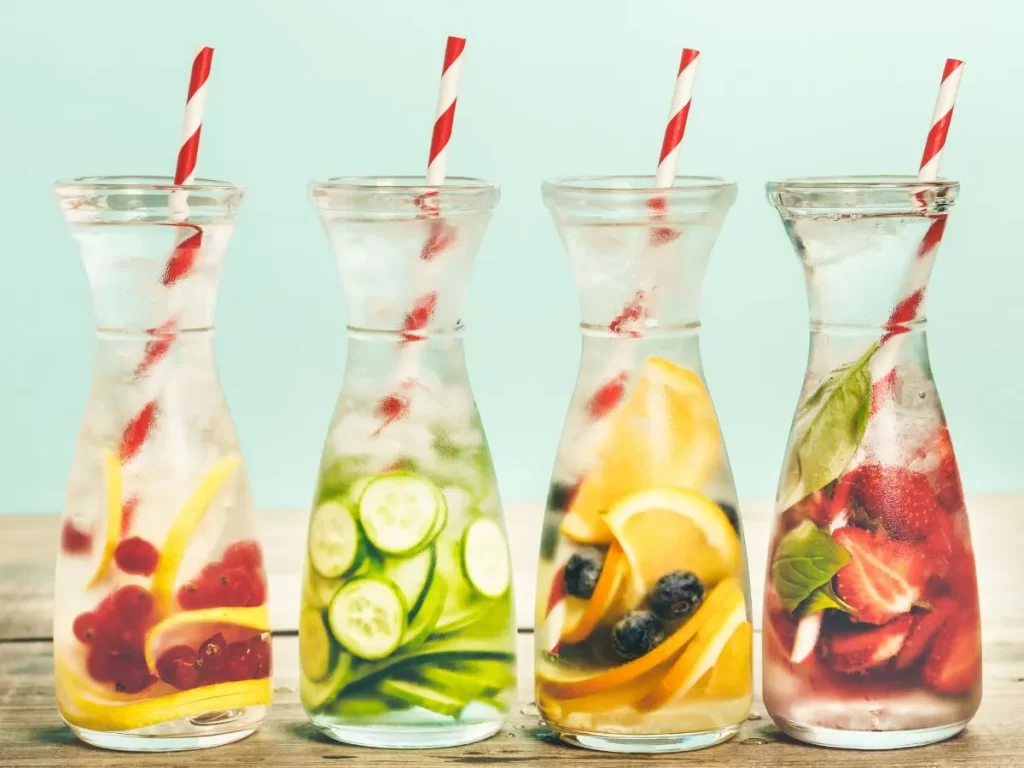
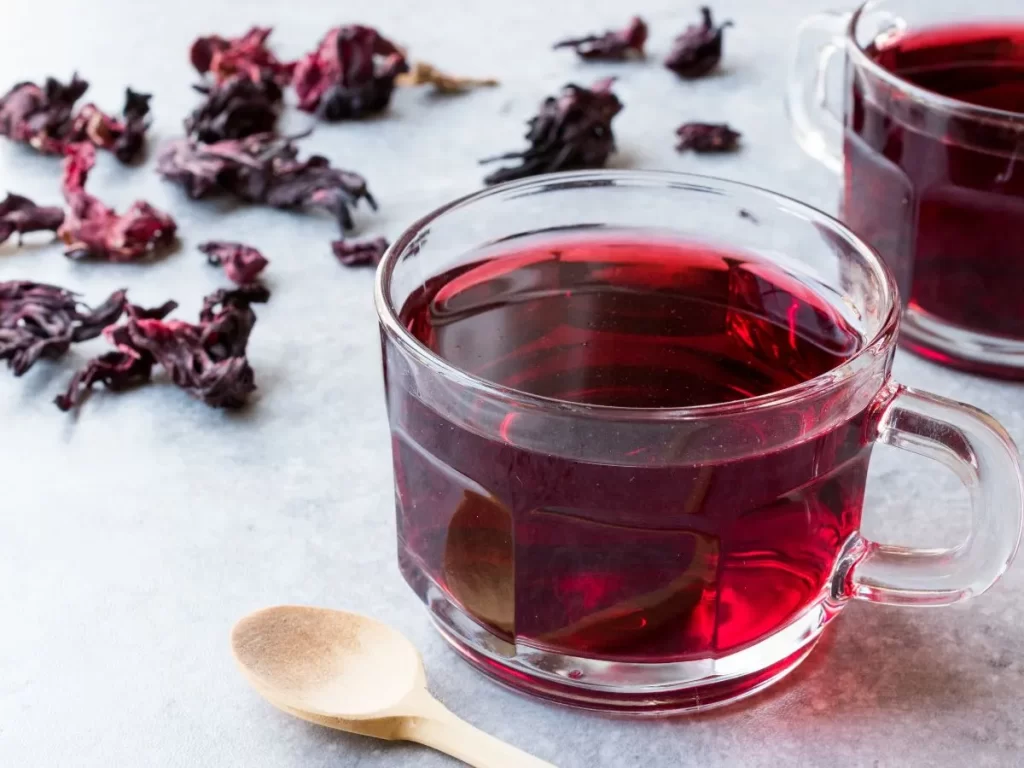

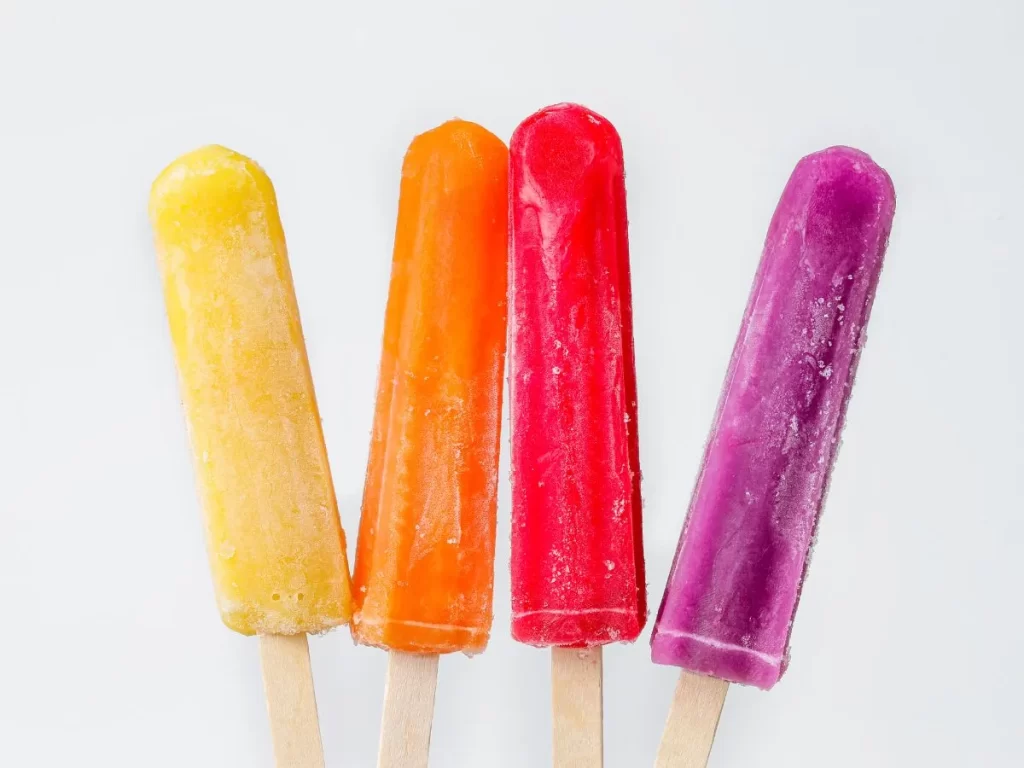
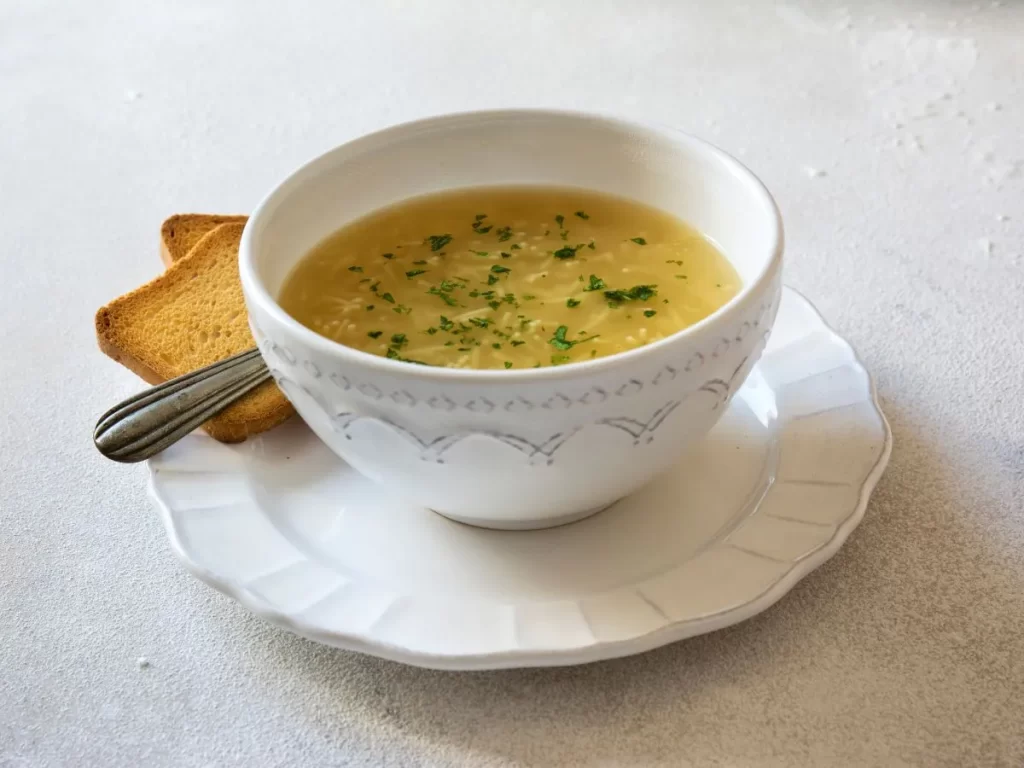
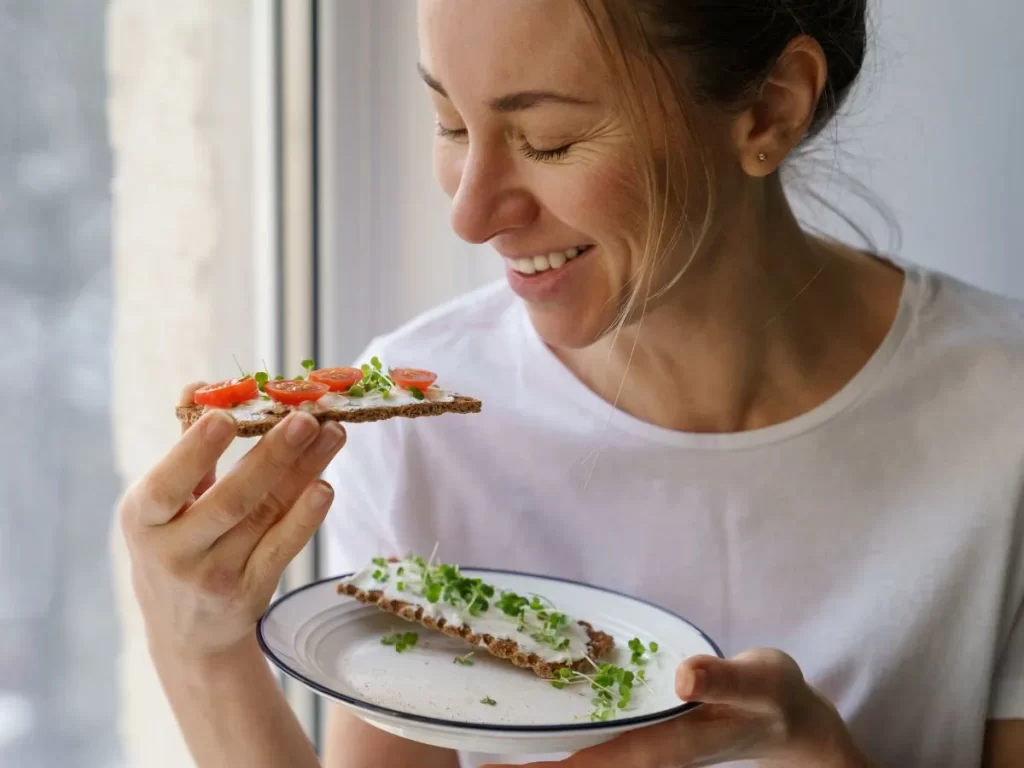
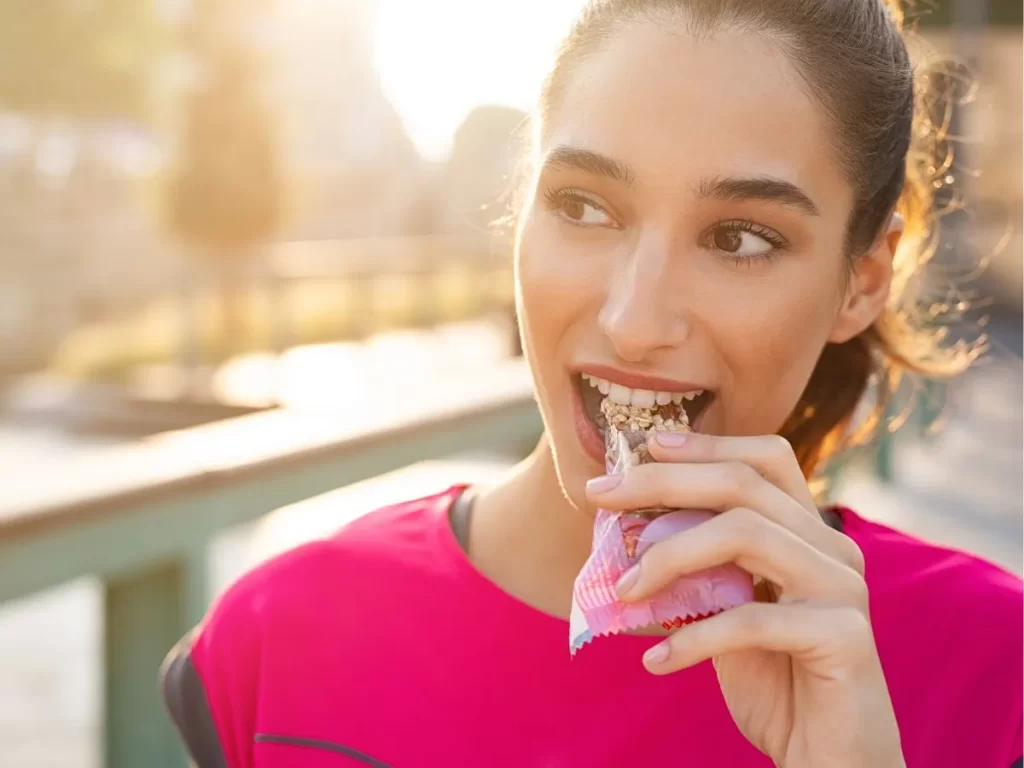


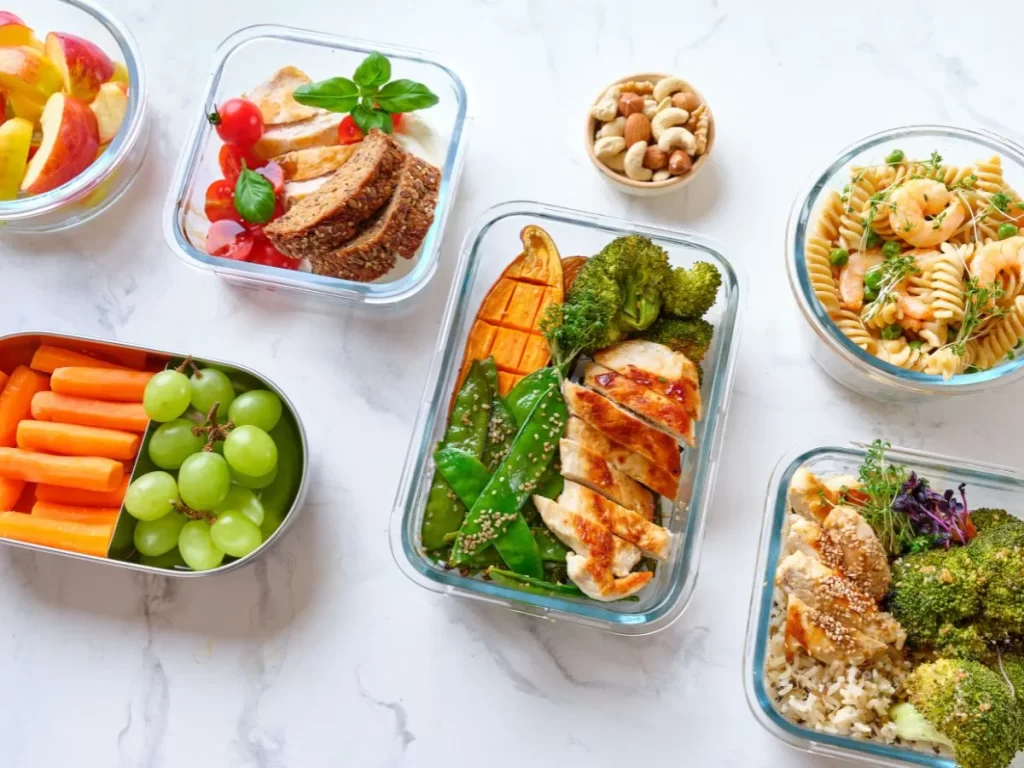
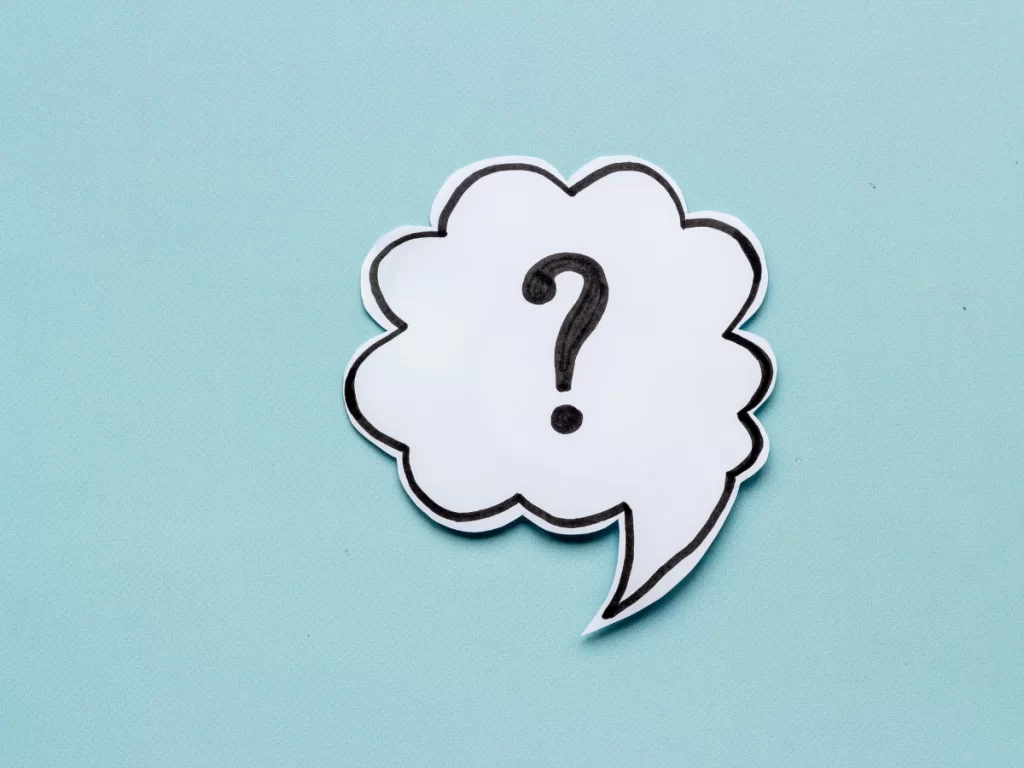

[…] Easy Chemo Diet Tips You Need to Know […]